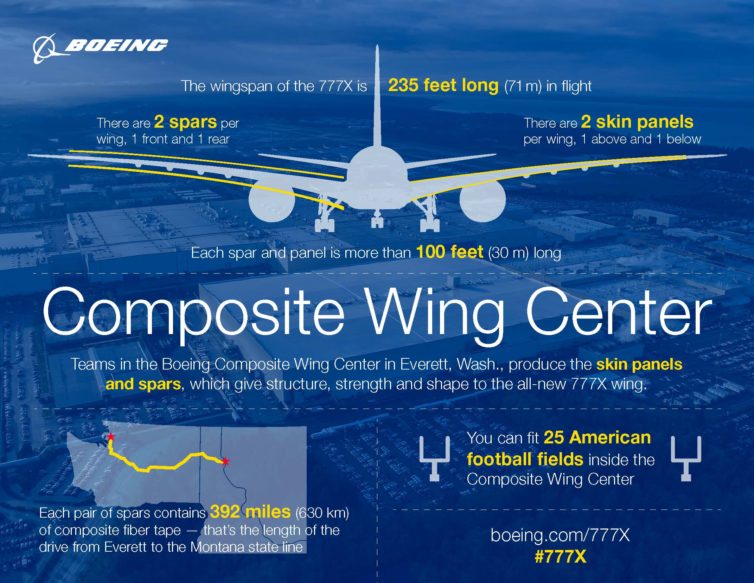The reputation element is the corrosive element which can tumble all the plates of an airplane manufacturer has in its arsenal of spinning plates. The metaphoric vision of a entertainer standing on stage has mastered a plate on one pole balanced only because it is spinning. The balance is much like riding a bicycle where the rider takes for granted they will not fall as long there is motion forward with its spinning wheels. The airplane builder also is riding a bicycle or spinning a plate for balance. In fact the airplane maker is spinning up to 6 plates at once for an encore which is more difficult by far than riding a bicycle.
The plates could be labeled with these sub groupings:
- Reputation
- Customer
- Innovation
- Performance
- Reliability
- Results
This list is not complete but does represent key ingredients found in a successful airplane making business. All the things Boeing, may fall under its various headings. A pyramid could be built with these headings making "Reputation" the key stone at the top of the pyramid. While envisioning a new model like the 787, an observer can interrelate each item listed as a spinning plate. All plates must have an occasional twerk of the pole revving up its spin so it won't fall. A fall of one plate not only brings it down but brings down Reputation every time. Hence, Reputation is the top plate in the stack.
The interrelation of the stack can follow a path through the plates in a logical sequence. Reputation is built by its Customers confidence. Innovation is made for its Customer's sensibility while Performance indirectly serves its Customers and Reliability builds Customer dependency on the plate resulting in an airplane maker's Reputation. The stack of spinning plates receives the applause gained from Results.
Digging further, the R words are goals words. The "C.I.P." words modify the "R" words. A "Customer validates the airlines Reputation. If an airplane falls apart in flight from the way it is built, the airplane reputation fell from the stack and takes everything down becoming an unfortunate "done" deal. The customer refuses to fly on a faulty airplane, innovations didn't work and reliability is out the "Constellation's window" everything else in the pyramid doesn't matter once a reputation plate spins off the stick.
" Lockheed built a total of 856 Constellations (331 of these were for the military). An inordinate number were used to smuggle arms, aliens and drugs. More than one Connie has been anchored to the ground and used as a restaurant or cocktail lounge. General Dwight Eisenhower used a C-121A military variant as his personal craft, named "Columbine" and another after he became President, named "Columbine II". General Douglas MacArthur named his Connie the "Bataan". Connies were used extensively for spraying. They were used for secret snooping, with at least one being shot down by hostile gunfire. Constellations were used to carry thousands of tons of food to starving nations.
In the end, the Connie was brought down by the fast developing technology of the jet engine, and in particular the Boeing Model 707 jet airliner."
Innovation sneaks in at the end with the jet engine.
Back to Boeing's 6th plate, the 787 had early developmental mishaps with its battery, improperly assembled aircraft needing shims, and instances of fires during testing. The first thing includes commercial operation. A hull loss would have ended this program by 2012. By 2017, Boeing has achieved over 600 787 deliveries and its orders appear to pop up every month during 2017. A hull loss is a show stopper for any maker or airline business. The 777 family lost two hulls during the last several years from military shoot down and a mysterious disappearance during its flight. Since no cause of loss have been attributed to the airplane maker, the 777 reputation remains intact. In fact one 777 crashed at at the end of San Francisco's airport with some loss of life while the remaining passengers could walk away from its tumbling during its crashing. The 777 was heralded as complete aircraft worthy of withstanding a crash of this type.
Boeing's reputation is selling its wide bodies during 2017. The innovation and results of the aircraft has built customer confidence enough that Boeing no longer has to spend resources on its reputation. It only has to keep executing in programs by keeping them on the rails without mishap. The performance is directed at the airline customer itself and the passenger indirectly where its reliability becomes a factor for sales and building successful business models for the any airline customers.

